Ethiopian Opal: Gemstone and Jewelry
Opal is a gemstone which exhibits a unique play of colours that has made it one of the most sought-after gemstones all around the world. Among all kinds of opals known to man, the Ethiopian Opal has emerged as one of the rarest and valued forms of opal. In recent years, Ethiopian Opals, due to their unique patterns and colours, have managed to create a buzz in the global gemstone and jewelry market. This article aims to provide an in-depth discussion on Ethiopian Opals, their formation, properties, mining, and use in the jewelry industry.

Formation of Ethiopian Opal:
Ethiopian Opals are formed from water. They are created from silicate minerals deposited in a solution of water and silica. The minerals are typically found in a hydrothermal solution that is being transported from the crust to the outer mantle of the earth. When the solution reaches the earth's surface, water rapidly evaporates, leaving silicate minerals to solidify into Opal.
One fascinating thing about Ethiopian Opals is that they form inside volcanic rocks, unlike the Australian Opals that are formed in sedimentary rocks. Ethiopian Opals are therefore considered "hydrophane" which means they can absorb water, leading to a temporary change in colour, but can revert to their original hue when the water evaporates.

Properties of Ethiopian Opals:
Ethiopian Opals are naturally occurring gemstones that boast a unique combination of colours caused by the light refraction. The stone comes in a range of hues, including white, yellow, orange, red, brown, blue, green, and black. Some stones display bright, fire-opal colours, while others feature subtle pastel shades. The unique play of colours in Ethiopian Opals is caused by internal refraction and interference of light through microscopic layers inside the gemstone. This phenomenon is commonly known as "opalescence."
Ethiopian Opals have varying patterns, including the "honeycomb" pattern, with an appearance of interconnected hexagons, the "ribbon" pattern, with parallel lines, the "flame" pattern, with elongated splotches, and the "pinfire" pattern with small dots. The "Ethiopian Welo" Opal is known for demonstrating the greatest play of colour, brightness and pattern of all Ethiopian Opals. Ethiopian Opals also have high tendency to crack or chip. This means that the gemstone requires careful handling when setting and polishing to prevent scratches and other damages.

Mining of Ethiopian Opals:
Ethiopian Opals are mined in the Welo and Shewa regions located in the northern and central parts of Ethiopia. The miners use simple tools such as pickaxes and shovels, as well as heavy machinery, to mine opals from the volcanic rocks. Opals in Ethiopia are often found within 25 to 50 meters of the earth's surface, which makes the mining process fairly easy.
The mining of Ethiopian Opals, however, poses significant challenges, including extreme weather conditions, difficult terrain, lack of infrastructure, and lack of safety regulations for the miners. Additionally, with the meteoric rise in demand and the value of Ethiopian Opals, illegal mining practices have increased, which poses a threat to the sustainability of this precious gemstone.

Market Value of Ethiopian Opals:
The market value of Ethiopian Opals has skyrocketed in recent years. The availability of high-quality Ethiopian Opals has been limited, as the mining industry is not as well-established as other major opal-producing countries, such as Australia. This rarity, combined with the unique play of colours and patterns, has made Ethiopian Opals highly sought after in the gemstone and jewelry market.
Ethiopian Opals are typically sold in carats, with the cost per carat depending on the quality and colour of the gemstone. For instance, high-quality Ethiopian Opals with an intense play of colours can fetch thousands of dollars per carat, while those with lower colour saturation, less pattern and more inclusions can go for only a few hundred dollars per carat.

Uses of Ethiopian Opals:
Ethiopian Opals have gained popularity in the jewelry industry due to their unique play of colours and patterns. They are used in a wide range of jewelry designs, including pendants, earrings, rings, and bracelets. Opals from Ethiopia are often set in designs that showcase their play of colours, such as Halo settings, which feature the Opal at the center, surrounded by diamonds or other gemstones, or in bolo ties and cufflinks.
Ethiopian Opals can also be used as accent stones to complement other gems, such as diamonds, sapphires, and emeralds. Ethiopian Opals are also widely used in spiritual practices. They are believed to promote emotional healing, reduce stress and anxiety, and increase confidence. Some people also believe that Ethiopian Opals have mystical powers that can enhance creativity and clarity of thought.

Ethiopian Opals have emerged as one of the most valued and sought-after gemstones in the global market. The gemstone's unique play of colours, patterns, and properties have made it widely popular, and its rarity has seen its value skyrocket in recent years. As with any other gemstone, Ethiopian Opals require careful handling and setting, but when done correctly, it can bring out the unique beauty of the stone. Ethiopian Opals are perfect inclusions for jewelry pieces, and their history and symbolism make them invaluable. While some concerns exist regarding the sustainability of the Ethiopian Opal mining industry, the gemstone's future looks bright, and the Ethiopian Opal is poised to make a significant impact on the gemstone and jewelry industry in the years to come.




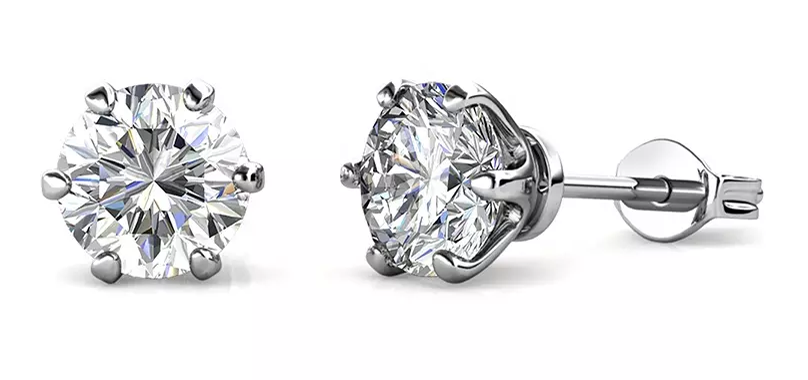
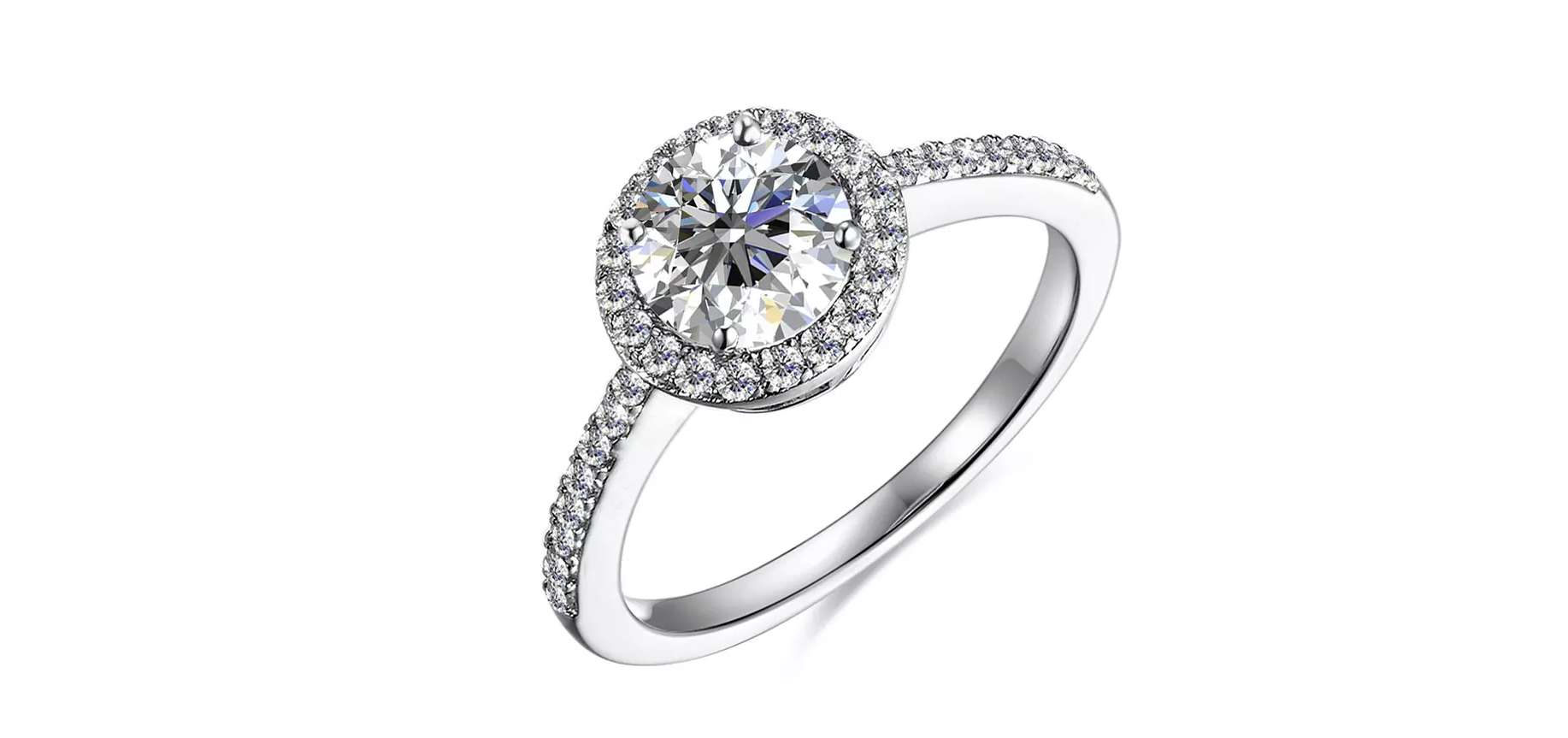
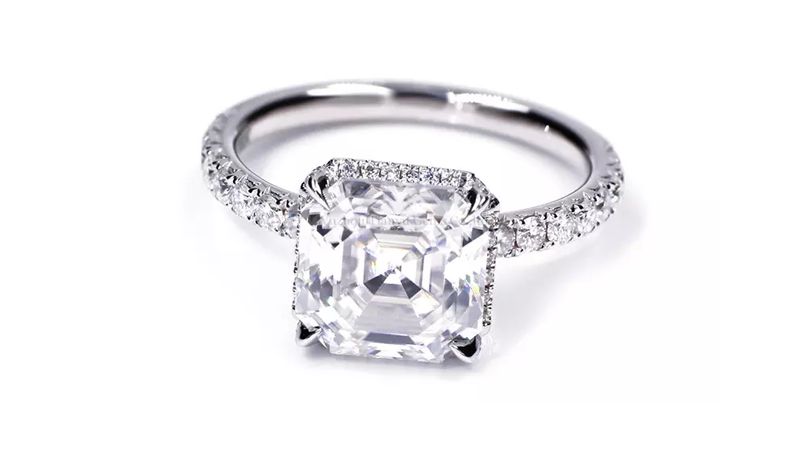
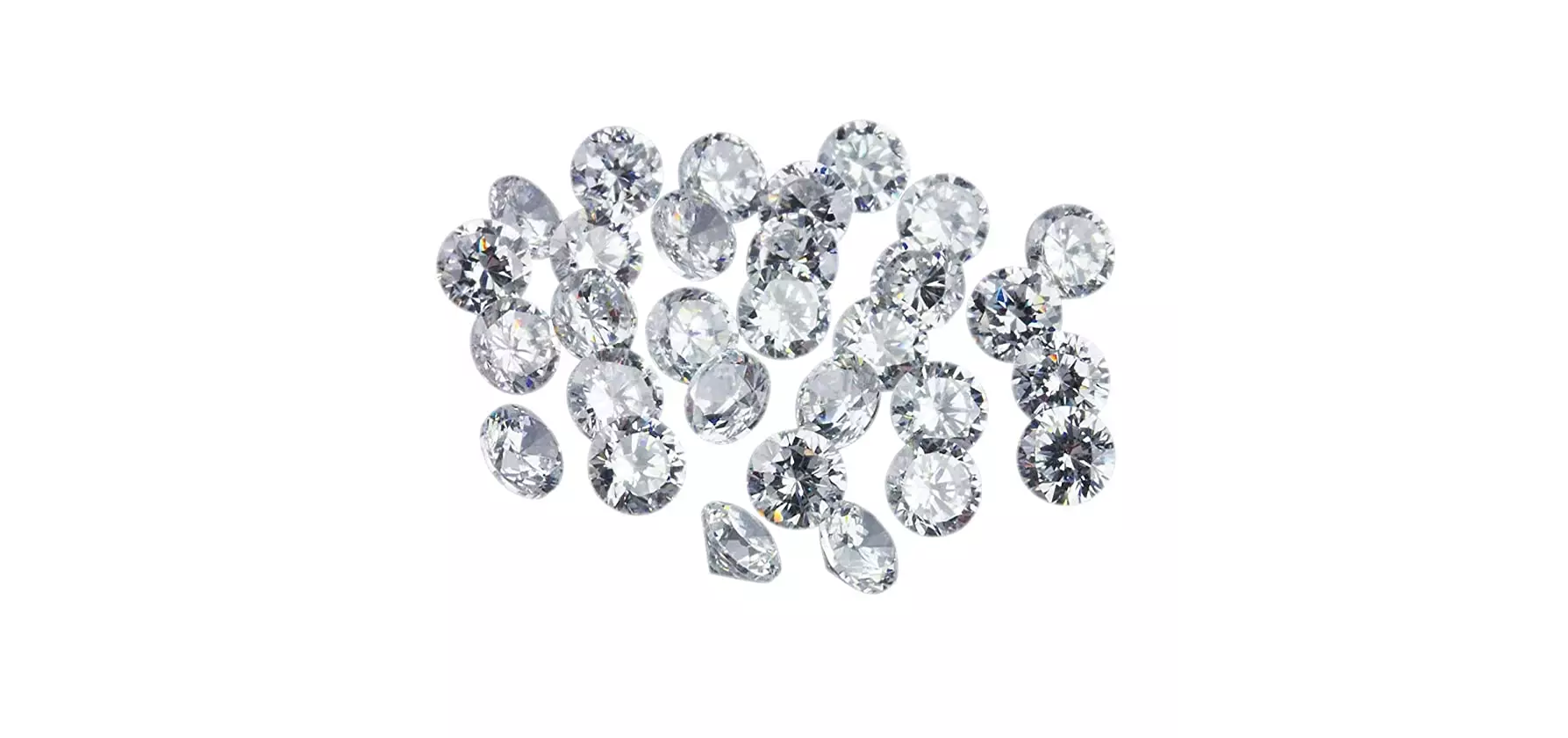
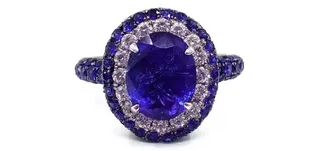
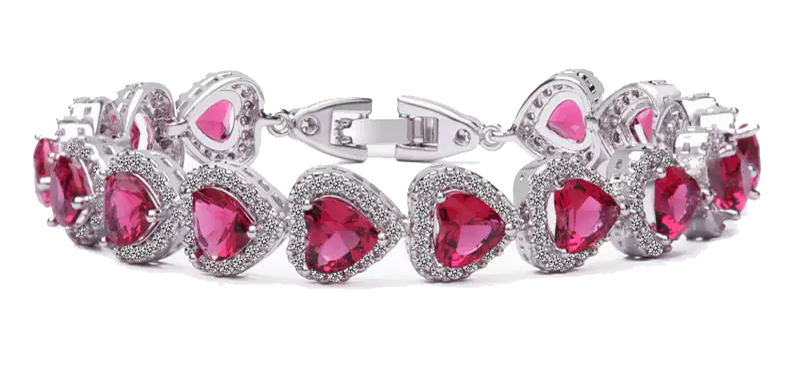
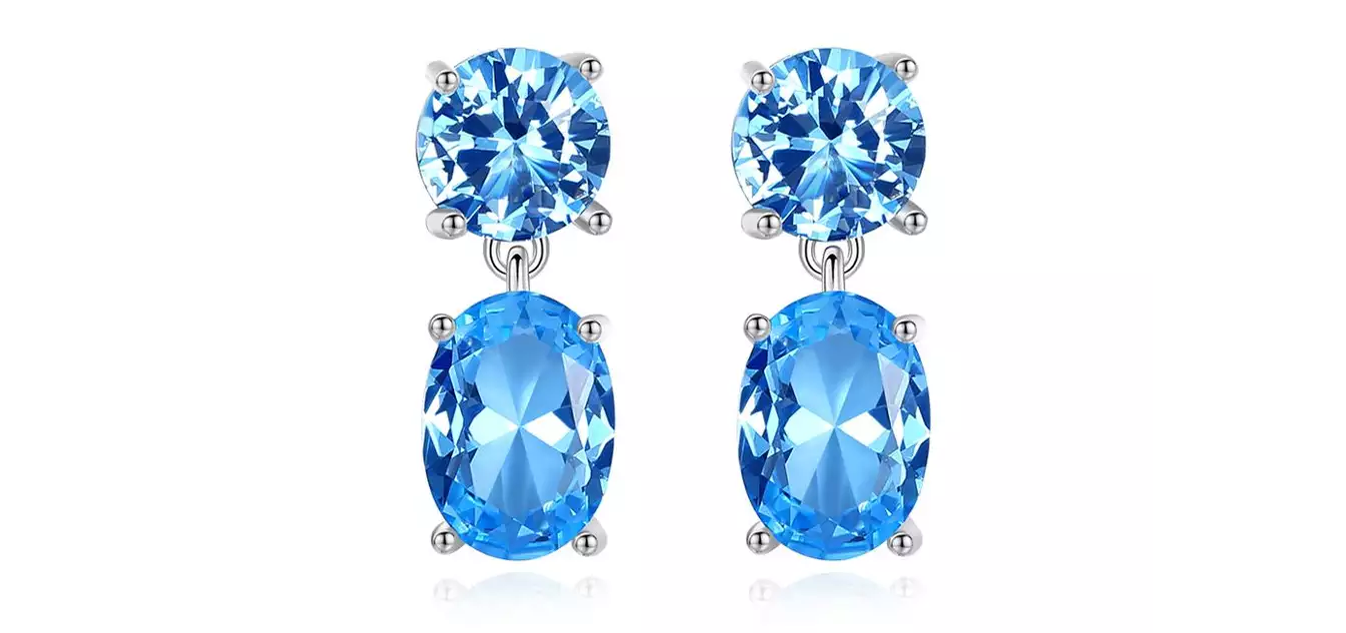
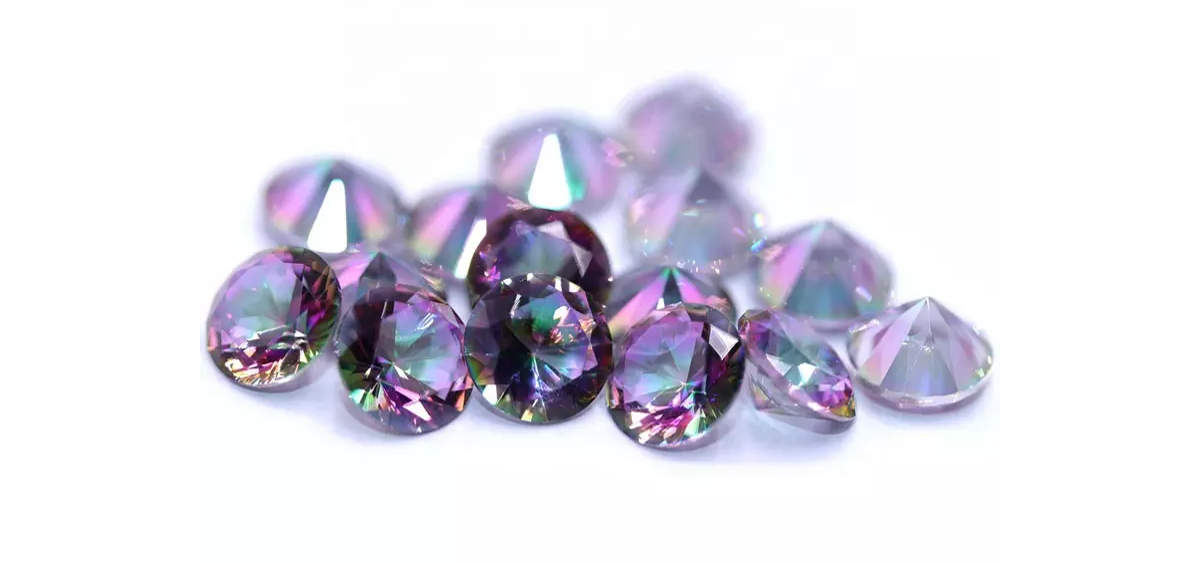
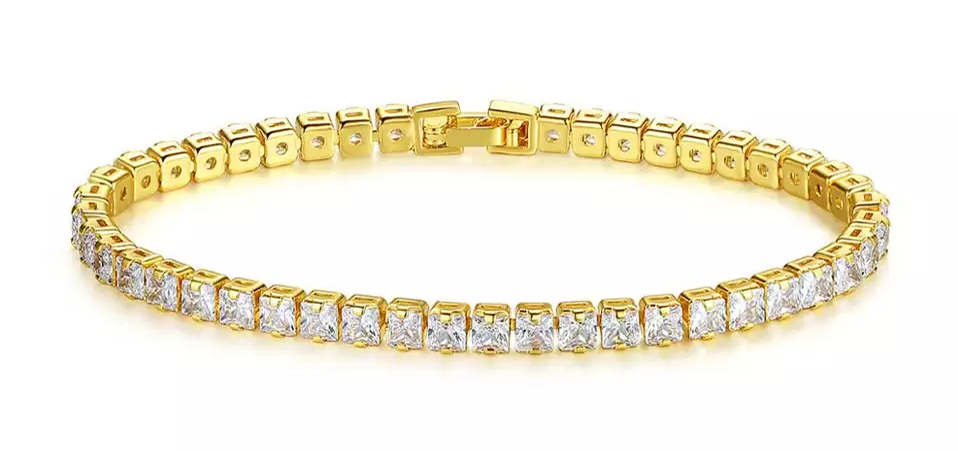
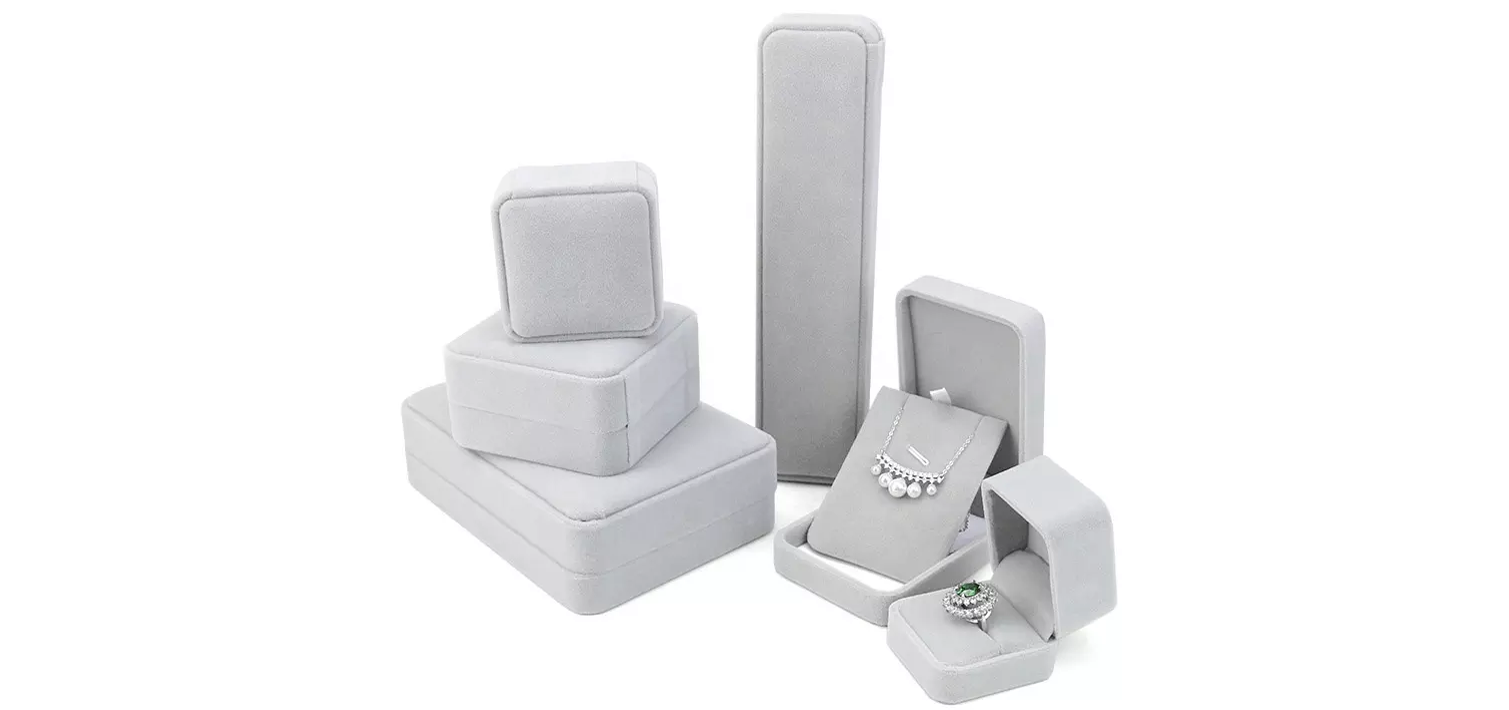
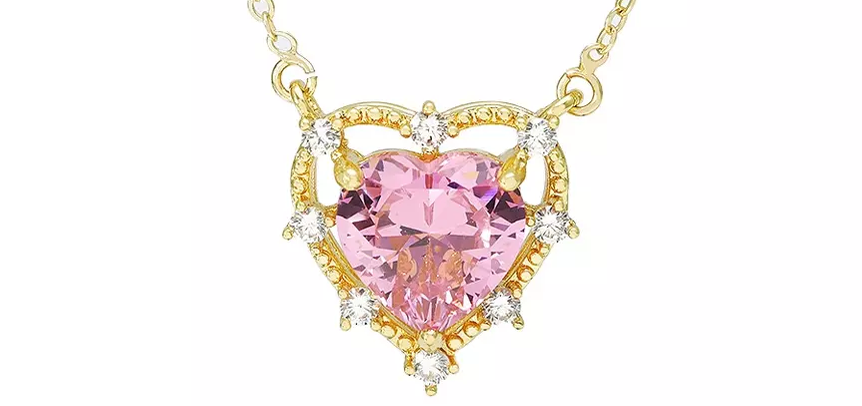
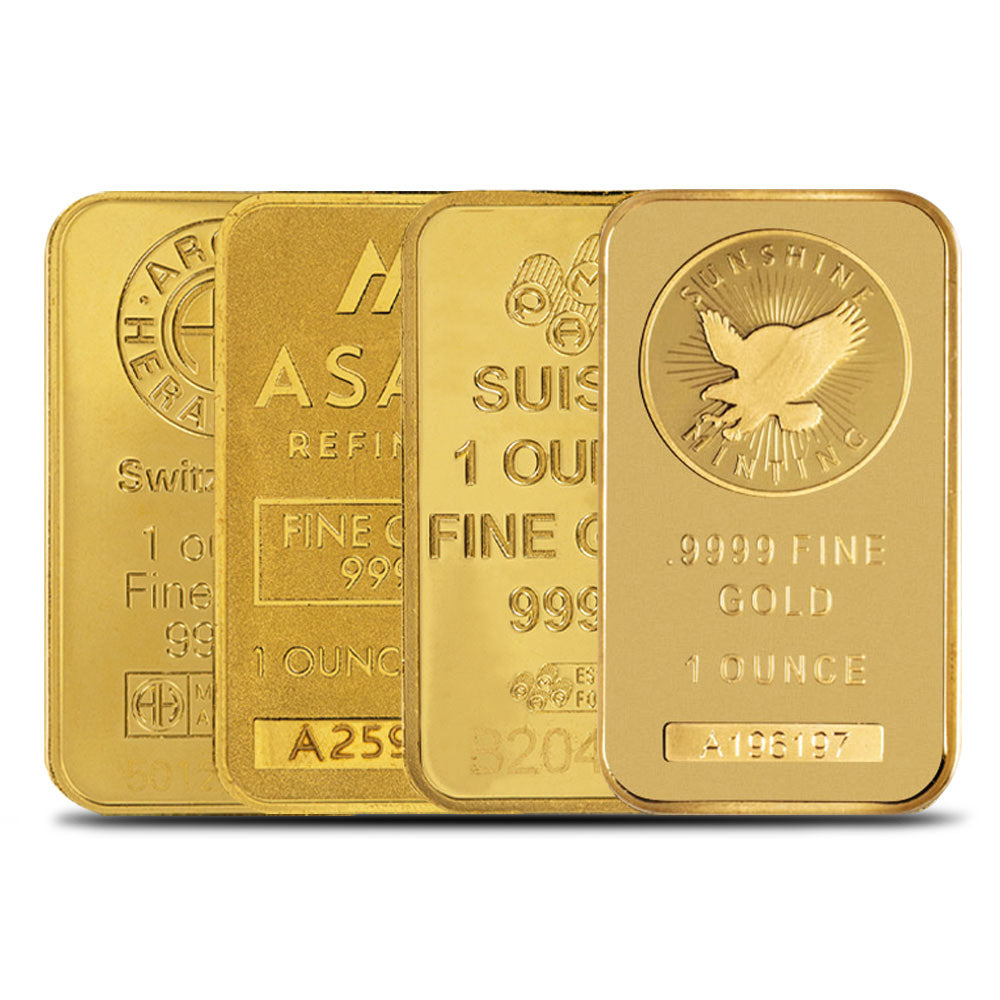
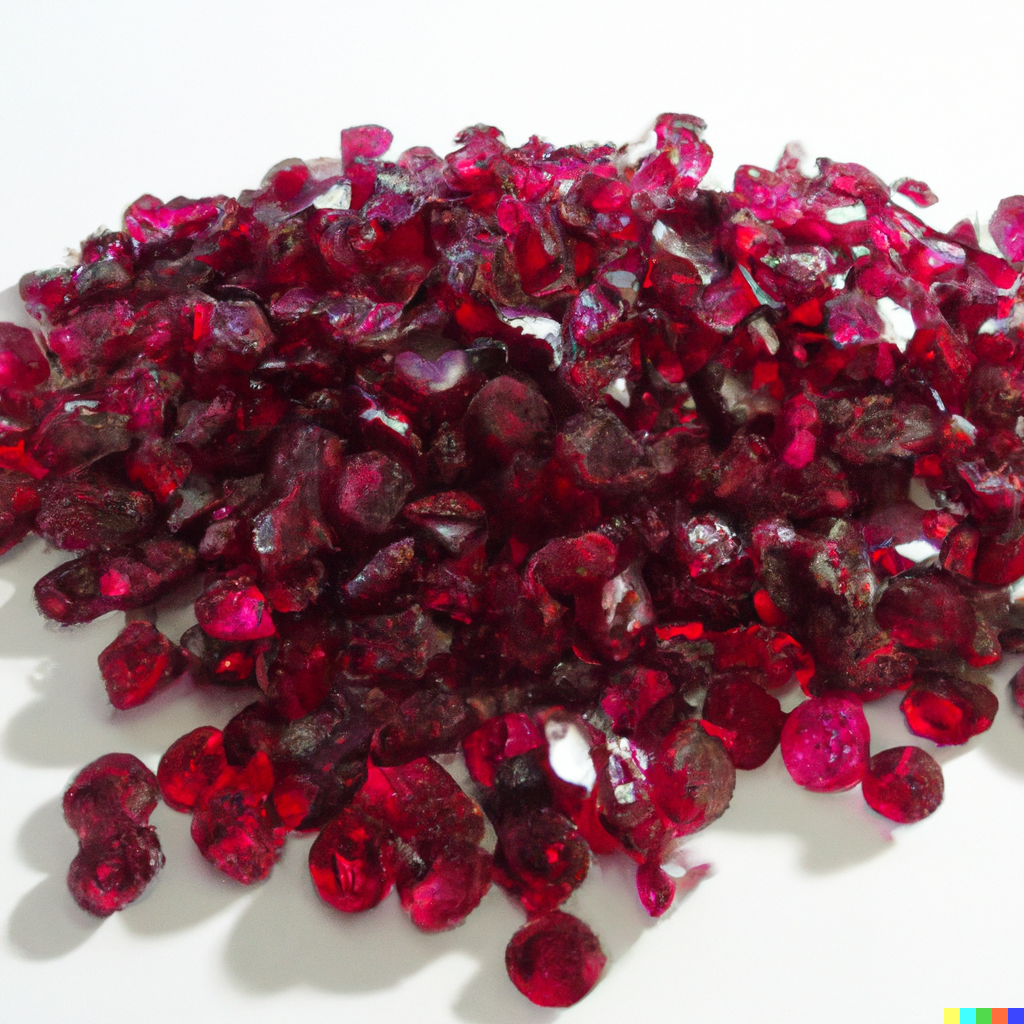
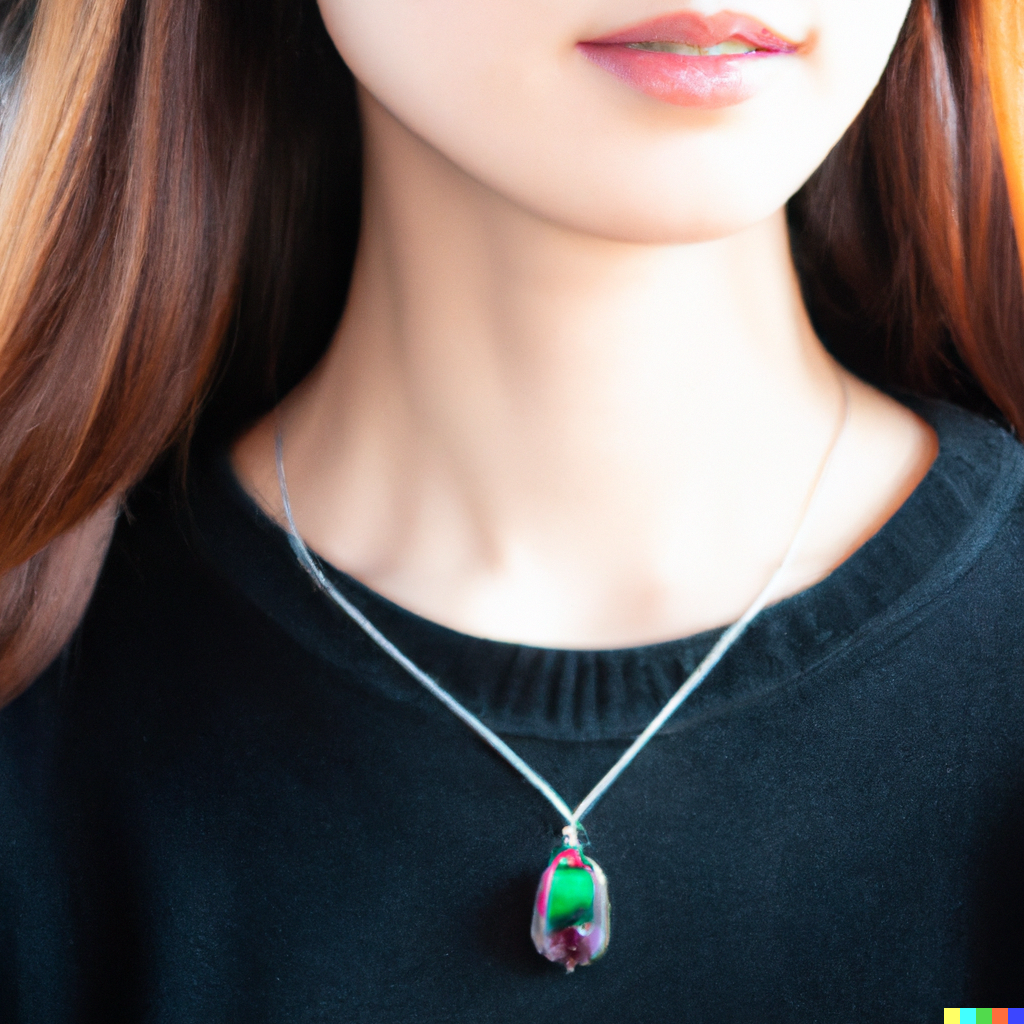
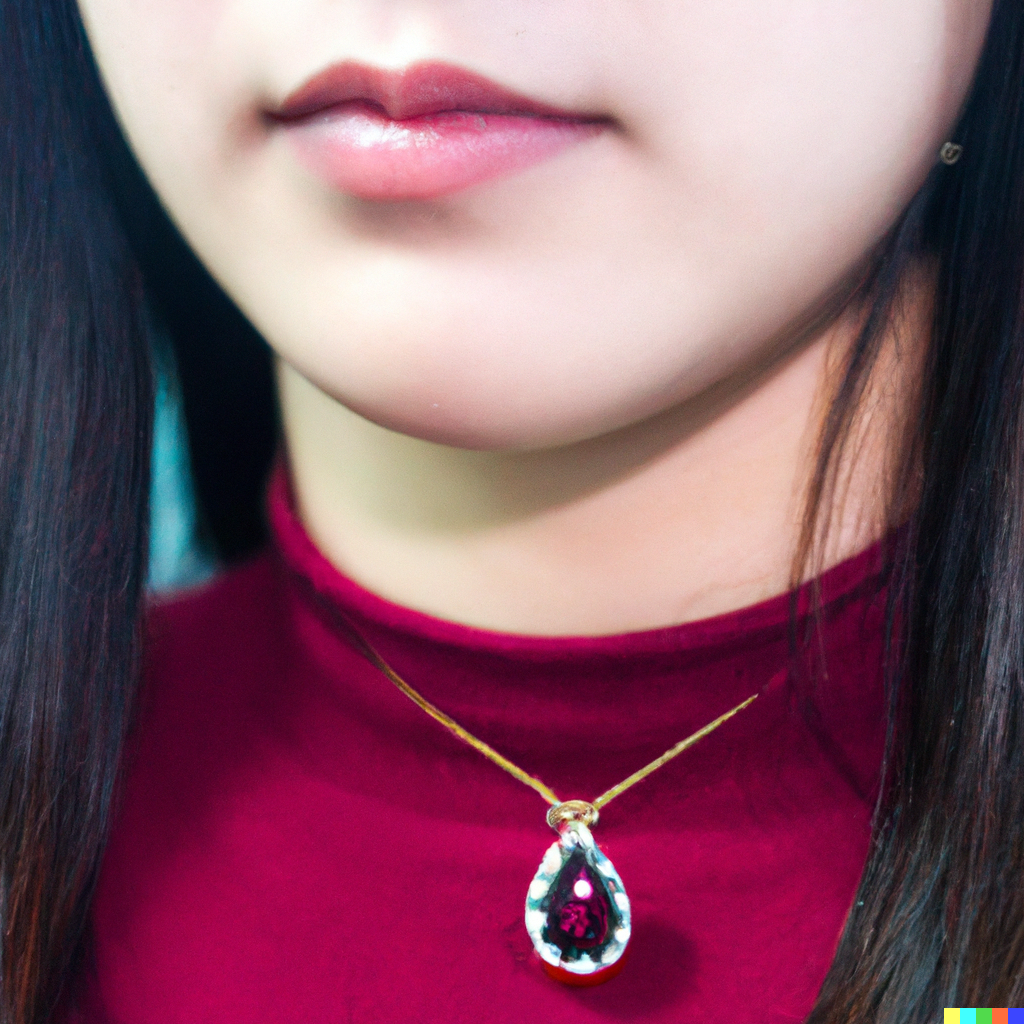
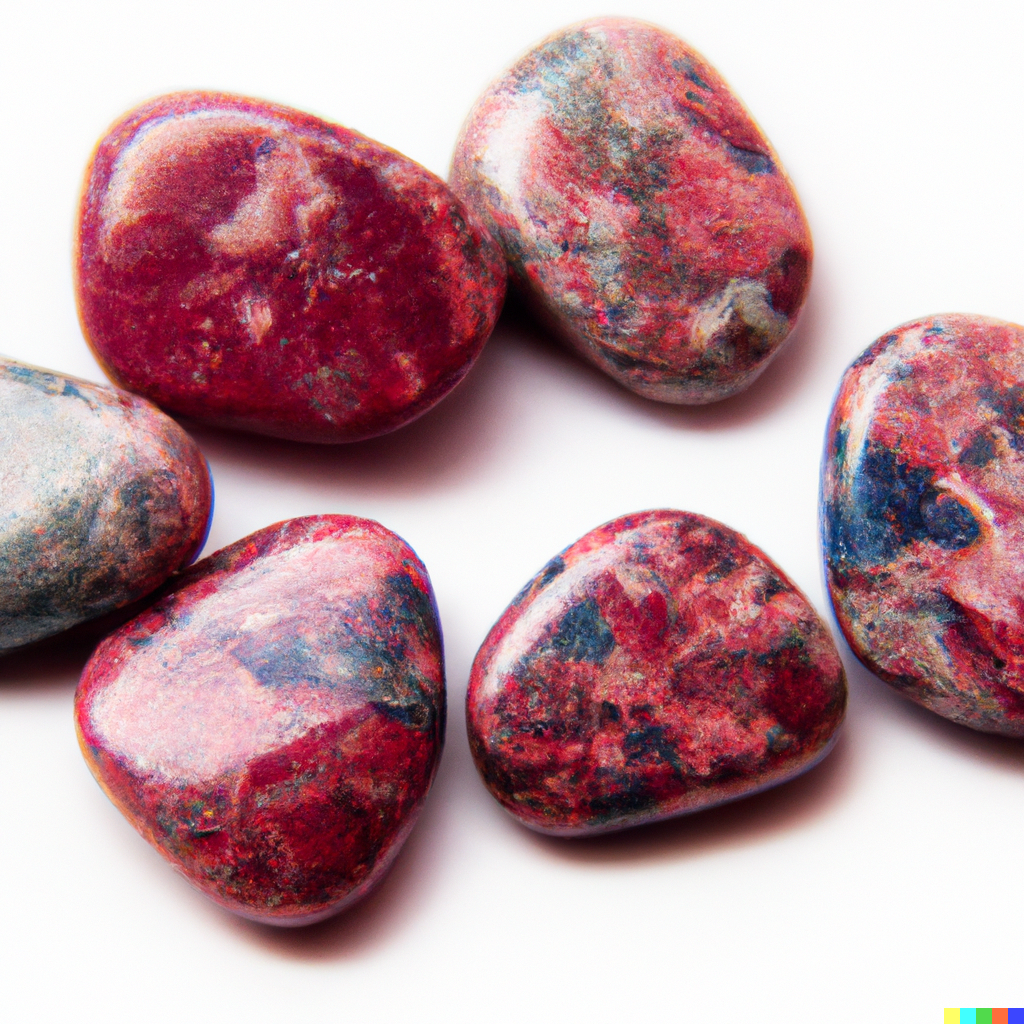
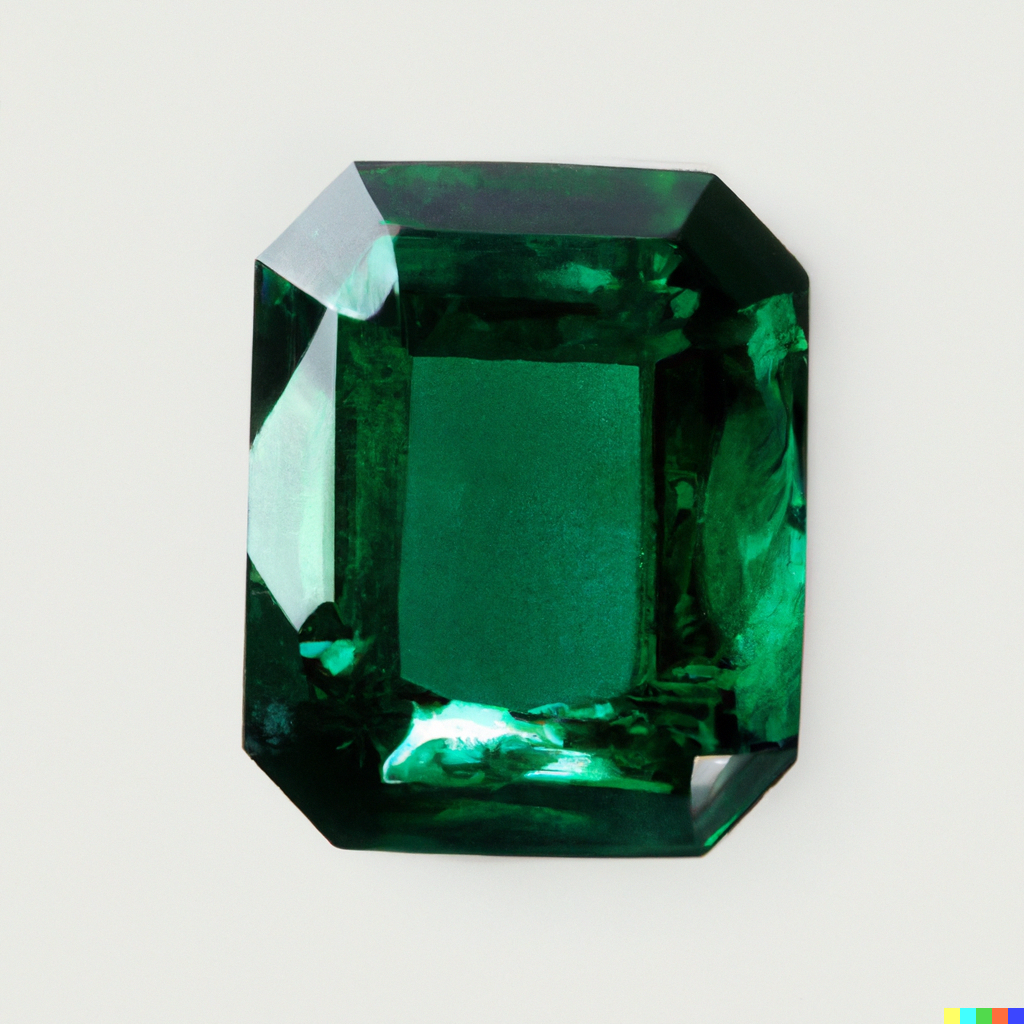
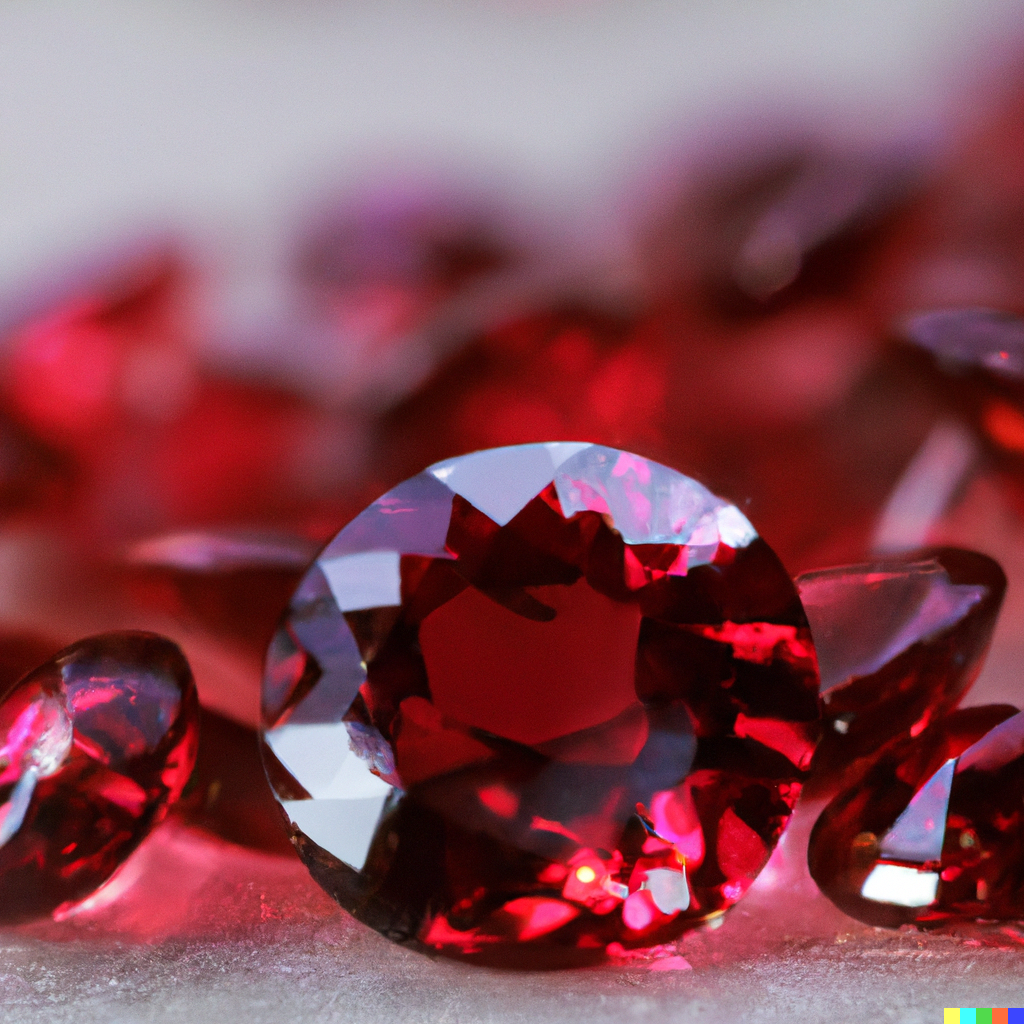
Leave a comment